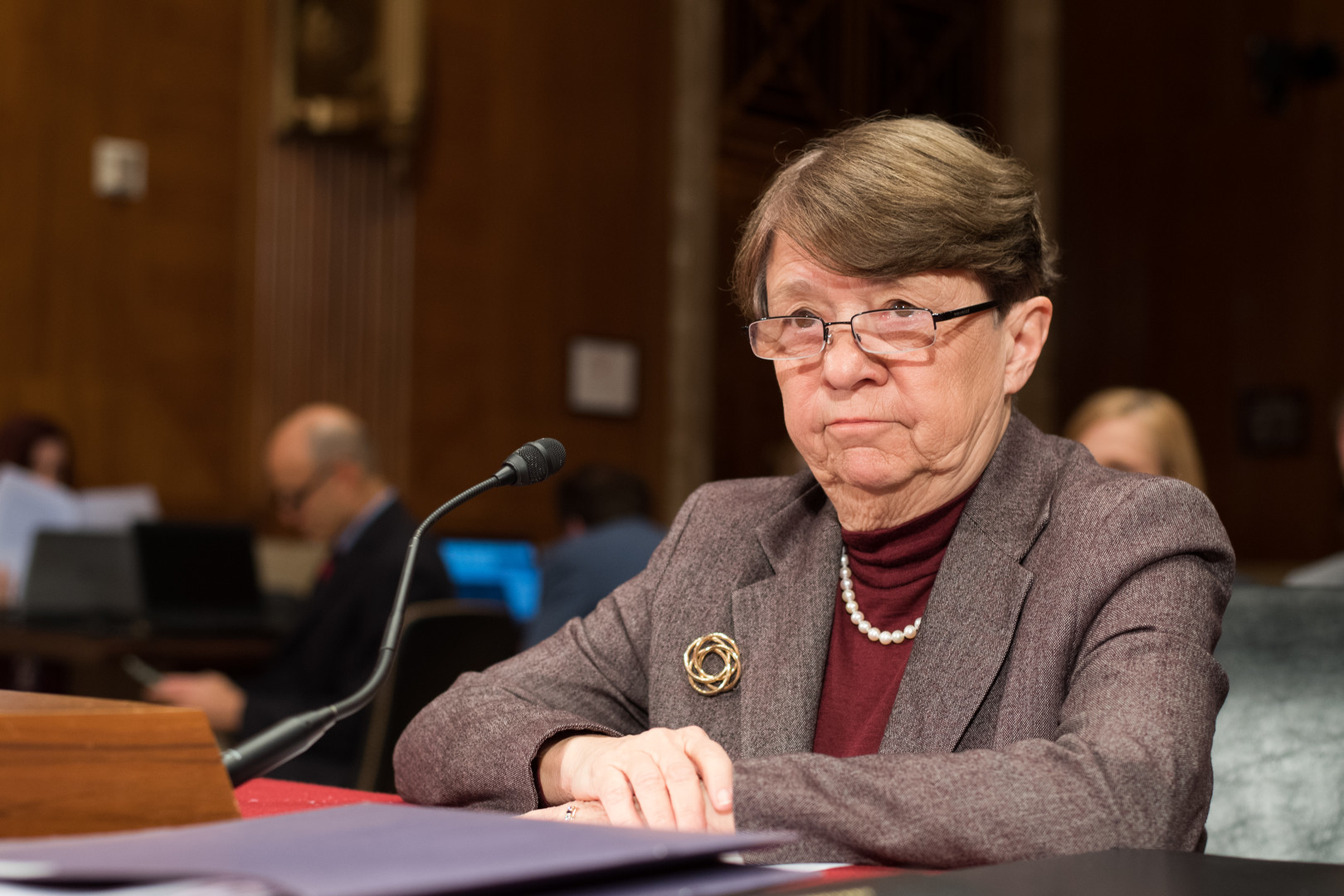A Securities and Exchange Commission proposal to place caps on registered investment firms’ exposures to derivatives is showing the hallmarks of a classic Washington battle — the industry is trying to tamp down advocacy groups’ requests for broad regulations.
Although the SEC hasn’t announced its plans, lobbyists who have been watching the derivatives rule expect the agency to move forward in the coming months.
Watchdog groups like Better Markets and Americans for Financial Reform have championed the proposal, but it has come under fire from the financial industry, which says it could harm the manner in which funds safely manage assets. The proposal has been the subject of public discussions since formal stakeholder comments came out in March, and it has continued to be scrutinized by lawmakers such as Sen. Sherrod Brown (D-Ohio), who weighed in on the debate last month.
The SEC’s proposal would limit the derivatives exposures of mutual funds and exchange-traded funds to 150 percent of their total net assets. Funds would also have the option of a 300 percent ratio if they meet the criteria of a risk test.
The rule “could have unintended consequences and provide incentives for funds to move away from exchange-traded, safe derivatives to other types of derivatives that may carry more risk,” said Jim Overdahl, a former SEC chief economist who represents asset managers organized as the Coalition for Responsible Portfolio Management, in an interview.
In March, Overdahl submitted a white paper to the SEC on behalf of the industry coalition that lays out an economic case for why the final derivatives rule should avoid using the gross notional value as a way to determine a derivative’s risk exposure. Gross notional value measures the value of the asset by taking its leverage into account.
“There are alternative, risk-based approaches the Commission could consider for limiting the risk-exposure … without placing unnecessary, costly restrictions on funds that use derivatives as part of low-risk strategies,” Overdahl wrote.
One of the coalition’s primary concerns is that the “blunt instrument” of using gross notional value to measure risk could backfire by making it harder for firms to maintain liquidity for client redemptions. Overdahl invoked the oft-cited case of Third Avenue’s Focused Credit Fund, which in December ran into a liquidity crunch and had to halt redemptions for clients. Access to a diverse toolset of derivatives could have resolved their problem.
“Instances like Third Avenue serve to illustrate the type of liquidity risks potentially faced by funds,” he wrote. “They also illustrate the type of risks that the appropriate use of derivatives can help mitigate.”
Brown, the Banking Committee’s top Democrat, also referenced the Third Avenue crunch in a July 6 letter to SEC Chair Mary Jo White. Brown generally supports the derivatives rule, but his letter focused on how a separate pending SEC rule to mandate new liquidity requirements “underscore[s] the potential dangers arising from funds holding high concentrations of illiquid securities.”
He added that improved liquidity disclosure rules “may help improve market confidence in times of similar stress in the future.” In the same letter, Brown noted that the derivatives rule could complement the liquidity disclosure requirements to “provide a clear framework for the use of derivatives by investment funds and additional standardized data — which would help the industry, investors, and the SEC better understand the variety of derivatives used and any related risks.”
Brown’s concerns haven’t focused on the relationship between derivatives and liquidity that Overdahl outlined. Instead, he has focused on how the SEC could improve the standardization of derivatives.
Better Markets and AFR, two groups that frequently side with Brown and Democrats on regulatory issues, submitted detailed comments explaining their views about why the rule is necessary. They say that in finalizing it, the SEC needs to maintain a hard cap on the use of derivatives. The advocates would be even happier if regulators tightened the cap.
AFR’s March 28 comment, submitted by Policy Director Marcus Stanley, also argued that gross notional value needs to be maintained as a risk-exposure metric. Using that metric, Stanley wrote, “provides security that the cap will not itself be subject to model-based manipulation based on predictions that derivatives exposures will be offset with claimed hedges.”
Together with other proposals like the liquidity rule, the SEC’s proposal on derivatives is coming down to the wire as White is likely to leave her post when President Obama leaves office in January. The SEC declined comment on timing, but White has made clear in public comments that the derivatives rule is among the highest priority regulations to wrap up this year.
Given the political situation at the SEC, the industry might have reason to worry about future alterations under a new administration. If Hillary Clinton becomes president, she will almost certainly be under pressure to appoint SEC commissioners with views of market regulation that line up with outspoken officials like Sen. Elizabeth Warren (D-Mass.), who has not held back in her criticism of White’s tenure. In an Aug. 4 interview with Bloomberg News, Warren blasted White and said that her SEC has “failed to put tough regulation in place” and “failed to take up changes that they have the authority to make and that would restore more confidence in the fairness of operations on Wall Street.”
